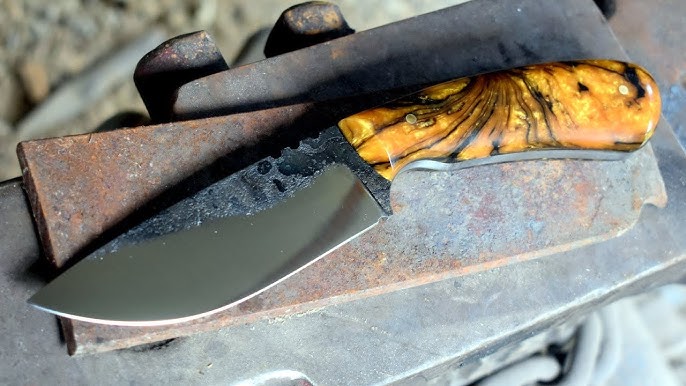In the realm of emergency preparedness, possessing the right tools can make the difference between life and death. One such indispensable tool is the fixed blade knife for emergency situations. This article will delve into why this tool is essential, how it compares to other knives, and what features to look for when selecting one.

Why Choose a Fixed Blade Knife?
A fixed blade knife is renowned for its strength and reliability, making it an ideal choice for emergencies. Unlike folding knives, fixed blades offer greater durability and are less prone to mechanical failure. This reliability is crucial in scenarios where every second counts.
Strength and Durability
The design of a fixed blade knife ensures that it can withstand heavy-duty tasks. Whether you’re cutting through rope, fabric, or even wood, a fixed blade is built to handle the pressure without breaking. This makes it a valuable asset in any survival kit.
Ease of Maintenance
Maintaining a fixed blade knife is straightforward. With no moving parts, there’s less risk of wear and tear, and cleaning is a breeze. This means that your knife is always ready to perform when you need it most.
Key Features to Consider
When choosing a fixed blade knife for emergency situations, several key features should be taken into account to ensure you select the best option.
Blade Material
The blade’s material is crucial for its performance and longevity. Stainless steel is a popular choice due to its resistance to rust and corrosion. For more information on blade materials, check out this corrosion-resistant guide.
Blade Length and Shape
The ideal blade length varies depending on personal preference and intended use. However, a length between 4 to 6 inches is generally considered versatile for emergency needs. The blade shape also plays a role in its functionality, with drop point and clip point being popular choices.
Handle Design
A comfortable and secure grip is essential. Look for handles made from materials like rubber or textured composites that provide a firm grip, even in wet conditions.
Applications in Emergency Situations
A fixed blade knife proves its worth in various emergency scenarios. Here are some of the critical applications:
First Aid and Medical Emergencies
In cases of injury, a knife can be used to cut bandages or clothing to access wounds quickly. Its sharpness and precision are invaluable for administering first aid.
Shelter Building
If you’re stranded outdoors, a fixed blade knife can help in constructing a temporary shelter. Its ability to cut through branches and other materials makes it a vital tool for survival.
Food Preparation
In a survival situation, preparing food efficiently is essential. A fixed blade knife can handle everything from slicing meat to cutting fruits and vegetables.
Comparing Fixed Blade Knives
It’s important to compare different models to find the best knife for your needs. Consider factors such as weight, balance, and the reputation of the manufacturer. For further reading on different types of knives, visit this knife guide.
Popular Models
Some popular fixed blade knife models include the KA-BAR, Morakniv, and Gerber StrongArm. Each offers unique features and benefits, so research is essential to find the one that suits your needs best.
Proper Care and Maintenance
To ensure your fixed blade knife remains functional and reliable, proper care and maintenance are crucial.
Sharpening Techniques
Regular sharpening is necessary to maintain a keen edge. Using a sharpening stone or honing rod can help keep your knife in top condition.
Cleaning and Storage
After each use, clean your knife thoroughly and dry it before storage. Consider using a sheath for protection and to prevent accidental injuries.

FAQs
1. What makes a fixed blade knife better for emergencies than a folding knife?
Fixed blade knives are generally stronger and more reliable due to their single-piece construction, eliminating the risk of joint failure.
2. How do I choose the right blade length?
Choose a blade length based on the tasks you’ll encounter most. A versatile length is between 4 to 6 inches.
3. Are there any legal restrictions on carrying fixed blade knives?
Legal restrictions vary by region, so it’s important to check local laws regarding the carrying and use of fixed blade knives.
For more insights on the different uses of fixed blade knives, explore our resources on hiking knives, fishing knives, and military use knives. Visit this link for additional information on knife blade types.
This article contains affiliate links. We may earn a commission at no extra cost to you.


